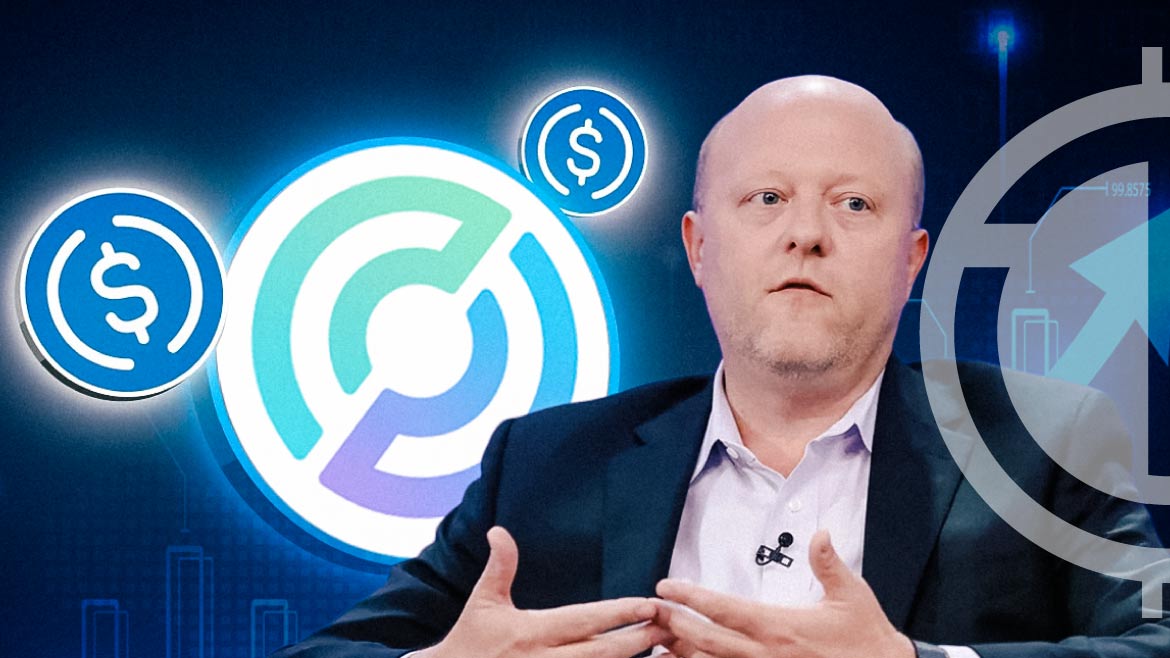
Circle, the issuer of the USD Coin (USDC), has been actively addressing concerns over its liquidity. The company’s CEO, Jeremy Allaire, recently revealed that over the past month, Circle has issued $5 billion USDC and redeemed $6.6 billion USDC. This announcement came amidst concerns over the liquidity of USDC, with redemptions outpacing issuance.
Allaire addressed concerns over USDC liquidity, stating that redemptions have been outpacing issuance:
USDC Liquidity. Over the past month, we've issued $5B USDC, and have redeemed $6.6B USDC.
— Jeremy Allaire (@jerallaire) August 7, 2023
USDC banking is public and transparent, with 24/7/365 mint/burn, and wire settlement with nearly 90 countries.
USDC reserves are attested by Deloitte every month, and all of our T-bill…
In addition to addressing liquidity concerns, Allaire also shed light on the company’s efforts to expand its global banking and liquidity network. He confirmed that Circle is collaborating with exceptional and high-quality banks in major regions worldwide to enhance local settlement rails and globally distributed mint/burn for USDC.
Allaire’s comments on liquidity and global expansion were not the only significant revelations. He also shared that a significant portion of USDC adoption is coming from outside the United States. According to Allaire, approximately 70% of USDC adoption is from non-US countries, with emerging and developing markets showing the fastest growth. This international expansion has been particularly strong in Asia, Latin America, and Africa.
This shift in USDC adoption demographics comes amidst a decline in USDC supply since the beginning of 2023 due to a decrease in demand and an increase in redemptions. As a result, USDC’s stablecoin market share has reduced to just 21%, with a total circulation of $26.1 billion.
Previously, in a transparency report released on August 3, Circle disclosed that its Circle Reserve Fund held a 93% portfolio of short-dated US Treasuries, overnight US Treasury repurchase agreements, and cash. The remaining 7% is cash reserves at banks.
Allaire’s comments also followed PayPal’s announcement of launching its own USD-pegged stablecoin, PayPal USD (PYUSD). He welcomed this development, stating that such advancements are a result of increasing regulatory clarity. However, he did not directly quote this in his statements.
In other news, Paolo Ardoino, CTO of Tether, a rival stablecoin issuer, also emphasized a similar focus on non-U.S. markets for his firm and stablecoin. He went on to add that USDT could be considered a safe tool for emerging markets and developing countries.














